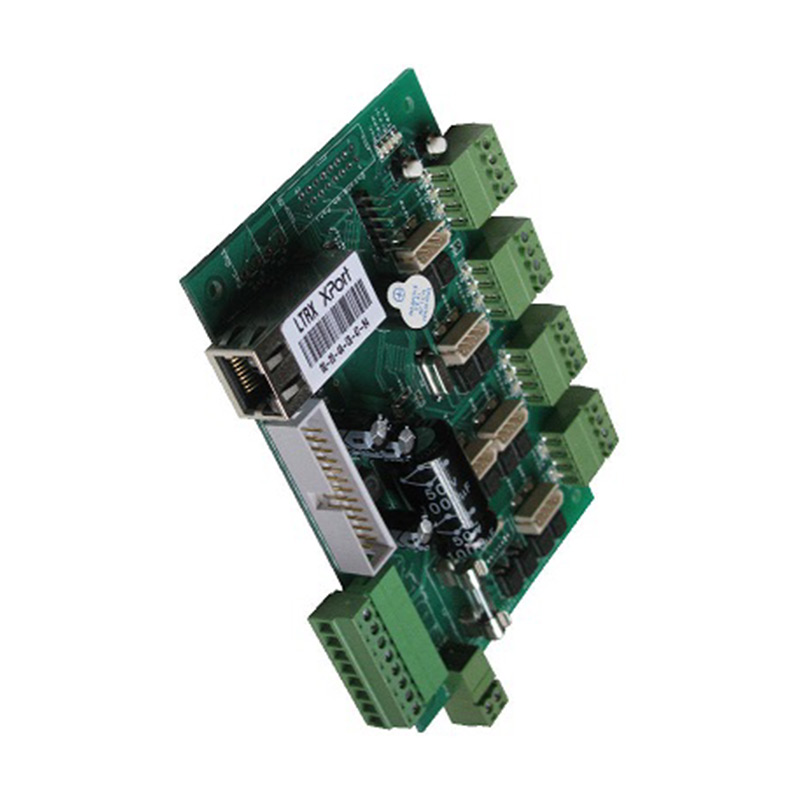

The Evolution and Applications of Grey Float Glass
Grey float glass, a versatile and widely used material in various industries, has gained significant attention due to its unique aesthetic and functional properties. This article explores the characteristics, manufacturing process, and the myriad applications of grey float glass, highlighting its importance in contemporary architecture and design.
Understanding Grey Float Glass
Float glass is a type of glass produced by floating molten glass on top of molten tin. This manufacturing technique results in a smooth, flat surface with uniform thickness, making it an ideal choice for a variety of applications. Grey float glass, specifically, is characterized by its distinctive gray tint, which is achieved by adding iron oxide to the glass mixture during production. The coloration not only enhances its visual appeal but also provides certain functional benefits, such as reducing glare and improving energy efficiency.
Manufacturing Process
The production of grey float glass begins with sourcing raw materials such as sand, soda ash, and limestone. These components are mixed in precise proportions and melted in a furnace at high temperatures, usually around 1,700 degrees Celsius. Once melted, the glass is carefully poured onto the surface of molten tin. The lighter glass spreads out, forming a flat surface that takes on the properties of the tin below it. After cooling, the glass sheet is annealed to relieve internal stresses, ensuring durability and stability.
The grey tint is achieved during this stage by incorporating iron oxide, which not only influences the color but also enhances the glass's performance by absorbing UV rays. The finished product is then cut into various sizes and thicknesses, making it suitable for different applications.
Applications in Architecture and Design
One of the most prominent applications of grey float glass is in architecture. Its elegant appearance and functional properties make it a popular choice for windows, facades, and partitions. The grey tint provides a modern look while effectively reducing solar heat gain, making buildings more energy-efficient. This becomes particularly important in regions with extreme weather conditions, where controlling indoor temperatures is essential for occupant comfort and energy savings.

Additionally, grey float glass is often used in commercial buildings, where its reflective quality enhances the aesthetic appeal of the structure. The glass can also be treated with various coatings to improve its performance further. For example, low-emissivity coatings can reflect infrared light, thereby reducing heat transfer and enhancing energy efficiency.
Interior Design and Furnishings
Beyond architecture, grey float glass has found its way into interior design. Its sleek appearance complements modern furnishings and can be used in various ways, such as tabletops, shelving, and decorative partitions. The reflective nature of the glass can help create a sense of space and light, making it an excellent choice for smaller interiors.
In the realm of home decor, grey float glass is increasingly used in mirrors and glass panels that add a touch of sophistication to living spaces. Its neutral tone blends well with various color schemes, making it versatile for different design styles, from minimalist to industrial.
Environmental Considerations
As the world increasingly focuses on sustainability, the glass industry has begun to adopt more eco-friendly practices. The production of grey float glass, like all glass manufacturing, requires significant energy resources. However, advancements in technology have led to more energy-efficient production methods and the increased use of recycled materials. Recycled glass not only reduces the need for raw materials but also lowers energy consumption during the manufacturing process.
Conclusion
In summary, grey float glass is a remarkable material that combines aesthetic appeal with practical benefits. Its unique properties make it a favored choice in architecture and interior design, enhancing both functionality and style. As the industry continues to evolve, grey float glass will undoubtedly remain a significant player, reflecting trends in sustainability and innovative design. With its ongoing advancements and applications, grey float glass is poised to contribute to the future of both built environments and decorative arts, solidifying its place as a cornerstone material for design and architecture.